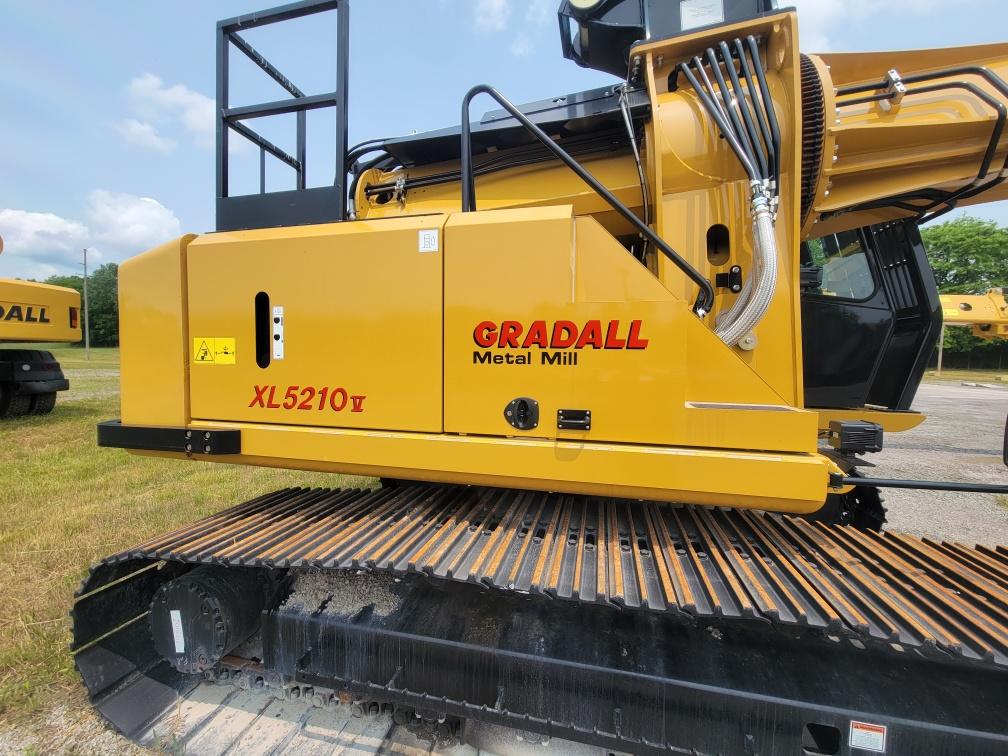
To help OEMs (Original Equipment Manufacturers) looking to enhance their products' functionality and appeal, we've compiled a list of frequently asked questions about equipment graphics, labels, decals, and overlays. Whether you're curious about the best materials, application methods, or compliance standards, find the answers you need to make informed decisions and ensure your products stand out in the market.
Yes, regulations and industry standards may vary depending on your industry and location. It's crucial to communicate your compliance requirements to your strategic account manager to ensure we meet all necessary standards.
Yes, providing your own designs allows you to maintain your brand identity and tailor graphics to your specific requirements.
Yes, our OEM graphics can be customized for different markets or regions by adapting them to local preferences, languages, and regulatory requirements. This can help improve product acceptance and compliance.
OEMs commonly use various types of product graphics, including labels, decals, graphic overlays, and nameplates. OEM graphics are applied to a product to enhance its appearance, functionality, and branding.
Investing in high-quality graphics can:
Materials like vinyl, polyester, polycarbonate, polypropylene, and other various films are commonly used. Choosing the right material depends on factors like the product's environment, durability requirements, and design preferences. Our team of experts can help you choose the right materials for your needs.
At VMS, we have a variety of material adhesives. Talk to your customer relations executive about your product's lifecycle and environment so they can recommend appropriate adhesives and coatings to ensure the graphics withstand the intended conditions.
Lead times can vary significantly based on factors like order quantity, complexity, material availability, and capacity. Discuss with your customer relations executive for a more specific timeline when placing your order.
Visual Marking Systems will give you an Art-for-Approval (AFA) and Color-for-Approval (CFA) document to approve before starting production to ensure the graphics meet your expectations. These samples can help you assess the quality and appearance of the graphics before committing to a full order.